The worst-case scenario where businesses collapse one after another in the South Korean economy is likely to occur. And some experts anticipate a more considerable fallout than the 1997 state bankruptcy.

In 1997, South Korea experienced a severe economic crisis when the government requested a bailout loan from the IMF, which was considered an admission of sovereign default. At the time, most of the countries in Asia were undergoing an economic crisis, and investors were withdrawing their assets from the market. Like the other countries, the Korean economic foundation was weak, because the market ran on colossal debt.
As a result, the IMF asked Korea to implement massive restructuring and shrinkage programs. Because of these pressures, 17 top conglomerates went bankrupt, and 12.7 million people lost their jobs. Even though South Korea officially managed to become an advanced economy, there are still after effects of the 1997 crisis across the society, such as the gap between the rich and poor, the decline of the middle class, and an increase in non-regular workers.
Legoland Crisis
There are some concerns that a similar economic crisis is about to hit Korea again. Through the Legoland crisis, it has been confirmed that the domestic bond market is in trouble. Legoland in Gangwon-do is a theme park constructed by Gangwon Jungdo-development Corporation. However, on 28 September, Kim Jin-tae, governor of Gangwon-do province, disclosed that “Gangwon Jungdo-development Corporation cannot pay back 205 billion won for Legoland construction.” After this announcement, the domestic financial market froze fast, and confidence in the bond market declined.

This situation shows how the construction industry is in poor circumstances. Many construction companies in Korea cannot repay debts owed to investors and banks. This problem puts the financial sector, which has invested huge capital into the construction industry, in a difficult position. If the financial industry falters, small businesses and households will soon follow, because banks will raise interest rates to resolve weak points in the financial sector, and in turn, small companies and households will not be able to repay their debts.
The current situation has some similarities with the 1997 economic crisis. For example, the IMF crisis in 1997 was triggered by the bankruptcy of “Hanbo Group,” a construction company. No one predicted that this could be the starting point for national bankruptcy. This Legoland insolvency is quite similar to the Hanbo Group saga. Yoo Seong-min, a former researcher at the Korea Development Institute (KDI) and a former member of the National Assembly, pointed out that this might be the beginning point of another national economic crisis. Korea Enterprises Federation (KEF) likened it to the 2008 global economic crisis, but it predicted that this crisis might be harder now than in 2008 due to global economic problems related to the Russia-Ukraine war, the US-China trade war, and the EU energy crisis.
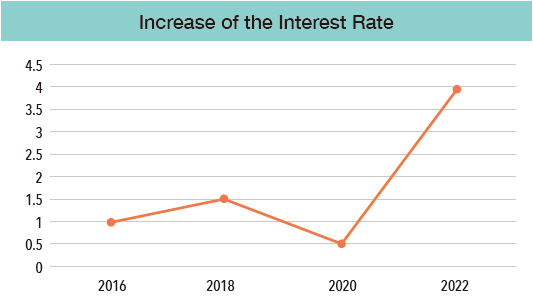
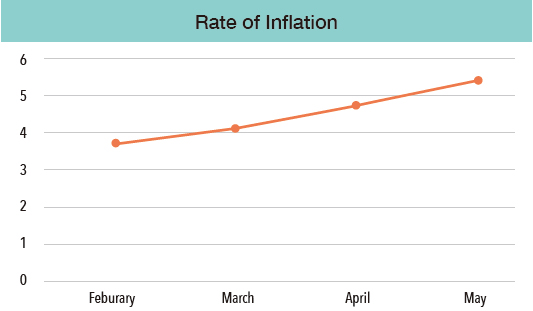
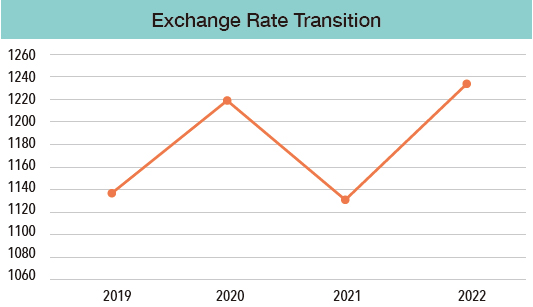
Domestically, the price of everyday goods and interest rates are increasing severely as the Korean Won depreciates sharply. As a result, the economy is expected to slow down further, with a decrease in investment and consumption compounding the situation. In addition, most company stocks are due next year, and the interest rates are expected to be higher than the current rates. Therefore, the interest expense burden on individuals and companies will be higher. That is why many experts expect next year to be the most challenging time for the Korean economy.
Discussion about the Economic Crisis
On the other hand, there is an opinion that people and institutions are more concerned than necessary. The Yoon Suk-Yeol’s government is also sticking to this position.
Unlike in the past, the domestic fundamentals are stronger. South Korea has a large deposit of foreign currency as well as an excellent economic reputation. Furthermore, the IMF has argued that Korea is in a better situation than other countries. They anticipate that South Korea’s growth rate will be two percent, higher than other advanced countries such as the US (one percent) and Japan (1.6 percent). Additionally, President Yoon has argued that the current economic problems are structural due to the worldwide interest rate hikes and that it is difficult to propose fundamental solutions.
However, there has been criticism of the complacent approach of Yoon’s government. In the meantime, the government has not presented practical alternatives for the economic crisis.
After the Legoland crisis, the heads of financial institutions came up with several plans for the money markets. They decided to release more than 50 trillion KRW to calm the markets. The solutions appear to be making the market fluid and active. Nevertheless, the problem is that the plans are made after the crisis. The measures of the government are belated. Systematic response and guide and preemptive measures are of top priority.
As a part of a solution, President Yoon announced a tax cut policy for conglomerates. If companies can actively be engaged in economic activities, regulations will be eased up. However, this countermeasure has also been criticized.
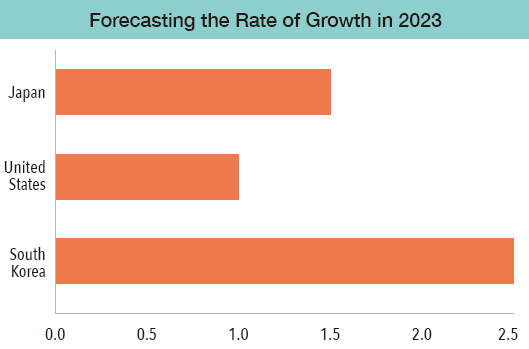
Choi Bae-geun, an economist and a professor at Konkuk University, has argued that tax cuts for large corporations cannot lower the interest rate or the already high prices. He has also said that this measure is only advantageous to the rich, and what is important is the stabilization of people’s livelihood. Since household debt is becoming a bigger problem with each passing day, it should be the first thing to solve.
To sum up, it is notable that the Korean economy will be depressed for at least until next year. After COVID-19, the economy has become more unstable, and it is not easy to analyze the market accurately. In this situation, making an effort to accurately judge the stock market and provide quick solutions is essential for the government.
The Plight of the College Students
Meanwhile, amid these unfavorable factors, the plight of college students will be exacerbated. According to a survey by the Federation of Korean Industries (FKI), two out of three college students said they practically gave up job-hunting.
Employment circumstances have become tough, because of the economic crisis caused by the high-interest rates, high exchange rates, and high prices. The survey respondents said that reduced opportunities for recruits are the hardest. Due to the global economic downturn, domestic conglomerates are reducing regular open recruitments. Instead, firms tend to hire applicants with professional experience when they need to hire anyone. Applicants fresh from college are disadvantaged in this situation, so they have to spend time building up their careers. Therefore, the preparation period for employment will also be longer.
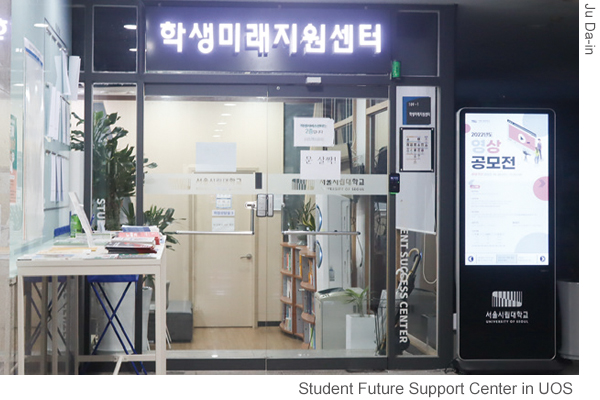
Due to these conditions, college students are under pressure. The thesis on college students’ stress, written by Hong Sae-hee, a professor of education at Korea University, shows that the number of high-stress groups is the biggest it has ever been. Also, the lower the household income, the more stress students have. Many young people are suffering from economic problems, and college students are struggling to overcome the situation. To shorten the term of employment preparation, most college students are preparing for employment while simultaneously studying at university. Also, students are looking for useful government policies and university programs to speed up employment.
The universities provide various programs for careers and employment guidance. For example, the University Job Plus Center, set up at 116 universities nationwide to help students’ career exploration and building employment capabilities, is receiving much attention. Activities such as clubs for startups, field training, and career seminars are progressing now. Since the unemployment crisis has been prolonged, the demand for the center is increasing. In Ulsan, the counseling centers in four universities united to conduct career counseling for students.
The counseling institution will also administer and look into the plights of college students. In addition, Samcheok City is recruiting college students for part-time jobs in the public sector to provide economic support and professional experience. An official from Samcheok City revealed that he is looking forward to improving students’ understanding of the region and enhancing their adaptability to society.
The University of Seoul (UOS) also provides career inquiry programs and job assistance programs to students. The Student Future Support Center was established in 2019 to help talented students in UOS find their dreams. Using Student Future Support Center offers benefits such as regular career counseling, seminars with specialists, and mock interviews. More information can be found on its website. (UOStory- https://uostory.uos.ac.kr/site/main/index003#)
Ju Da-in
aaou2@uos.ac.kr

